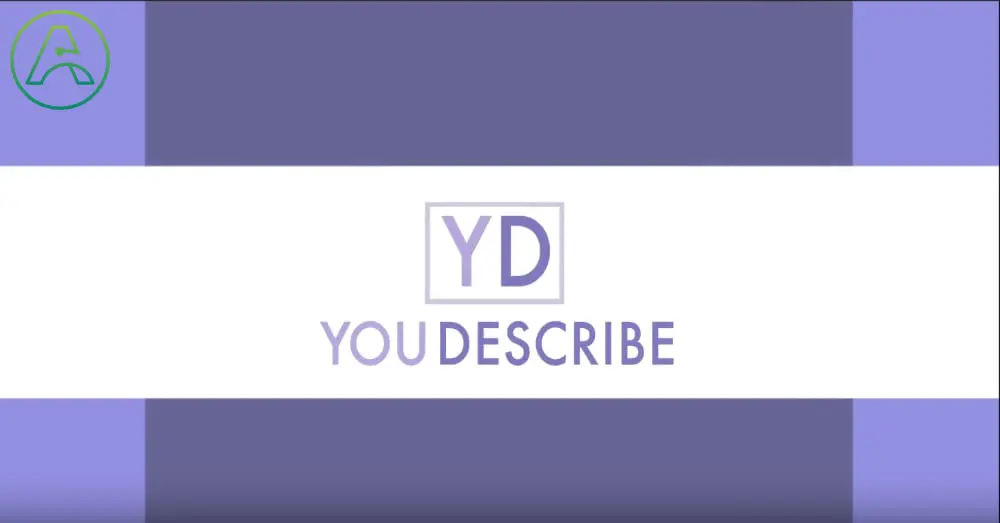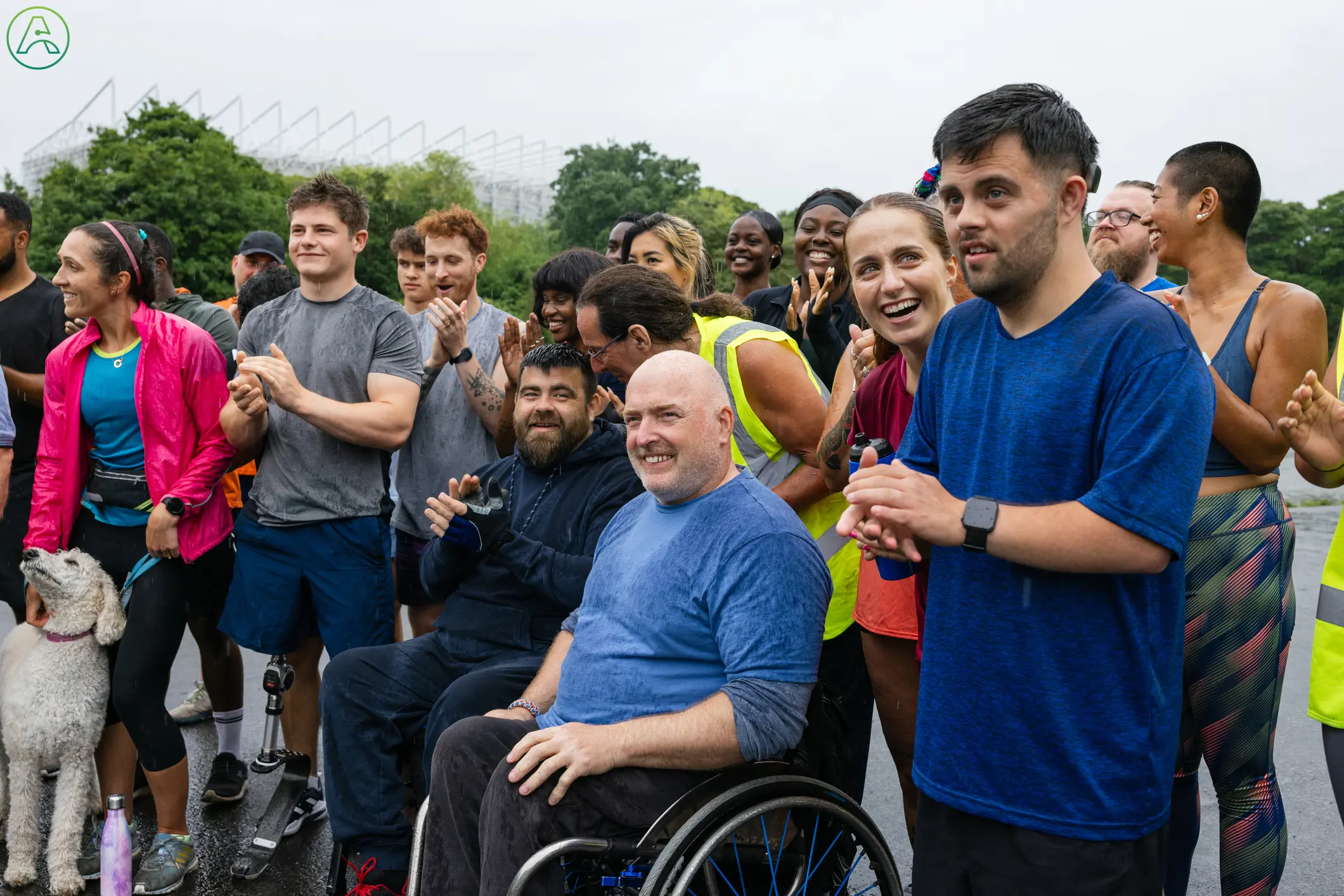Written by: Delia Reid, Dr. Joshua Miele, and Beatriz St. John
In the wake of the California Gold Rush, the first medical school on the West Coast was established in San Francisco – the Medical Department of the University of the Pacific. One hundred years later, in 1959, the school became the Stanford University School of Medicine and moved to Palo Alto, California. Some prominent doctors decided to remain in San Francisco and start their own research groups, including Dr. Arthur Jampolsky, who helped form the Eye Research Institute.
Renamed after patients who donated to the Institute, the Smith-Kettlewell Eye Research Institute (SKERI, www.ski.org) is now a world-renowned institution known for the quality of its research on vision, eye diseases, and sensory rehabilitation engineering. The research that the Institute is doing has expanded our understanding of how the visual system works and is affected by disease and vision impairment. The studies conducted by its staff have also led to the development of innovative devices, and enhanced services for partially sighted, blind, and hearing-impaired people. From the start, the Institute provided a unique environment for collaboration between basic, clinical and rehabilitation researchers, each bringing their skills and perspectives to bear on problems in vision and its impairment.
Disability Communications Fund (Fund, dcfund. us), which is focused on the communications needs of people with disabilities in California, provides funding to help expand quality communications access programs and services. The Fund awards grants in four areas: the training of professionals; replication of successful projects or models; data and knowledge sharing; and the development and testing of new technologies and services which benefit individuals with disabilities and impact their ability to communicate.
Next Wave of Video-Accessibility Technologies for The Blind
In 2016, the Fund began supporting the Institute and one of its scientists, Dr. Joshua Miele, for his YouDescribe project (youdescribe. org). First launched in 2013, YouDescribe was developed as a video-accessibility technology that makes it possible to add audio description to any YouTube video. Audio description increases the accessibility of images in theater, television, movies, videos, and other art forms for people who are blind or visually impaired. It is provided as a second narration or voice-over track that attempts to describe unspoken content about actions, characters, scene changes,on-screen text, and other visual content.
YouTube, considered the second most popular website in the world, has more than 400 hours of content uploaded to its site every minute. YouDescribe allows volunteer sighted describers to take any of that content and add audio descriptions, making this new technology an important asset for blind viewers who want to watch internet videos. Dr. Miele, who is blind himself, directs his own innovation lab at theInstitute and has invented many technologies for blindconsumers. "I invented You-Describe because YouTubevideos are now being usedto communicate informationabout topics from perso-nal finance to professionalwrestling, and everythingin between," said Dr. Miele. "Accessible video for blind viewers is currently where access to written text was before the invention of Braille. In the modern world, access to video means access to relevant information and opportunities in education, employment, and entertainment. YouDescribe is the first technology of its kind to make it possible for anyone to add audio description to any YouTube video at no cost, and share that description with the world. That's a big deal." "The Disability Communications Fund is committed to increasing an individual's ability to communicate and reduce barriers to information," said Barry Saudan, executive director of the Fund. "We are so excited about the YouDescribe project because we feel it may help improve the quality of life for low vision and blind individuals by providing equal access to information and decreasing isolation. It is also raising awareness about access to video content for blind people."
"Accessible video for blind viewers is currently where access to written text was before the invention of Braille."--Dr. Joshua Miele
Originally funded by a grant from the Department of Education, an initial grant from the Disability Communications Fund of $99,098 allowed Dr. Miele and the Institute to make technical improvements to the YouDescribe system, develop an online and in-person curriculum for volunteer describers, provide training, and conduct outreach and dissemination through social media. “The support from DCF allowed us not just to expand the YouDescribe technology, but to expand our outreach and training for the YouDescribe community – the blind and visually-impaired viewers who need better access to video, and to the amazing sighted describers who contribute their time and talent to YouDescribe,” said Dr. Miele.
A second grant of $98,590 provided funds to train 100 new describers in how to use YouDescribe to improve the accessibility of complex educational video materials, with an emphasis on STEM-related materials (e.g., science, technology, engineering and math). Trainees have been recruited from educational and accessibility professions such as teachers of the visually impaired, mainstream science and math teachers, and alternative media professionals. Workshops demonstrate the YouDescribe platform, introduce important concepts around audio description, and provide extensive opportunity for hands- on description and evaluation by peers and mentors. It is anticipated that improved access to STEM materials is likely to improve access to, and participation in, STEM fields – areas in which people with visual disabilities are significantly underrepresented.
The YouDescribe World
Since its first release, the YouDescribe community has grown to include 878 registered volunteer describers; 1,385 described videos; and 1,607 unique visitors since May 2017. The site now includes a constantly updated Wish List of videos that blind viewers would like to have described. Each year, the Institute holds a DescribeAthon for volunteers to describe as many YouTube videos as possible. The most recent DescribeAthon drew amateur and professional describers and blind allies from around the world to help write scripts, discuss description, and cheer on the describers. Participants joined staff at the Institute’s event in San Francisco, participated on-line from their homes, and gathered at the Andrew Heiskell Braille and Talking Book Library in New York City, a long-time Institute partner. The event generated 60 new videos with audio descriptions, including anime, cartoons, documentaries, how-tos, public service announcements, recipes, and more.
YouDescribe is a unique platform that allows sighted describers to add audio description to any YouTube video and share those descriptions with blind viewers. learning about cloud-based accessibility. Students produced YouDescribe apps for both iOS and Android that make it possible to record and view YouDescribe content on mobile phones. Another group of engineering students at Codesmith, an immersive software engineering program in Los Angeles, contributed by rewriting the YouDescribe platform from the ground up, using modern technologies and techniques to revitalize this unique accessibility resource.
The new platform now works with multiple browsers, includes the description wish list, a description rating and feedback system to help describers improve, and new authoring interface with many new features to help describers do their best work. The Codesmith students – Curt Toppel, Rodrigo Leme, and Trung Dinh – were thrilled to contribute to such an exciting, interesting, and meaningful project, and each plans to continue contributing to make the platform better long after their official projects have been completed.
About the writer and contributors:
Delia Reid is DCF’s Consulting Program Officer
Dr. Joshua Miele is SKERI’s RERC
Beatriz St. John is SKERI’s Senior Research Administrator
"It’s so awesome to know that the descriptions I record on YouDescribe can make such a big difference for blind viewers, and it’s really fun and easy to do,” said one DescribeAthon volunteer."



